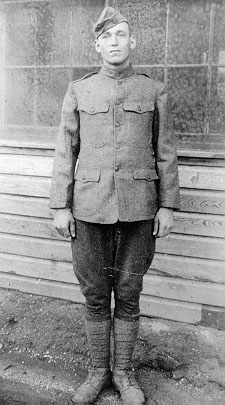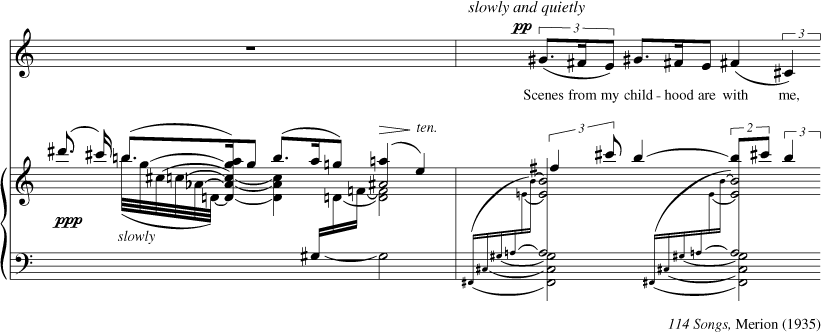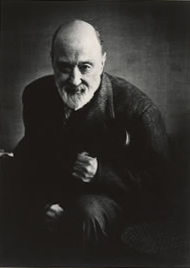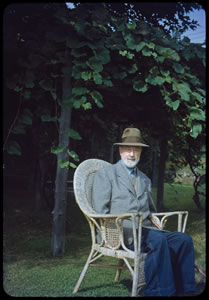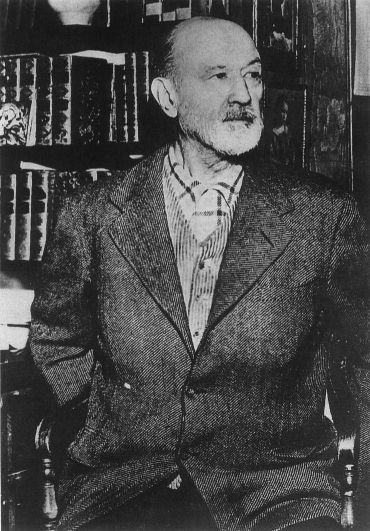
The musical language of the work can often be thought of as a tapestry of these various childhood influences. Brief phrases from patriotic tunes such as "Columbia, the Gem of the Ocean" and "The Battle Cry of Freedom" are ubiquitous. Even in the Impressionistic musical language of the song Tom Sails Away, he references popular music: George M. Cohan's World War One anthem "Over There"
Musical experiments also lie at the core of Ives's music. During his childhood in Danbury, Connecticut, his father would ask him and his sister to sing hymns harmonized with microtones (intervals smaller than the smallest interval on the piano). More outlandishly, one experiment involved two amateur marching bands. In order to see what the resulting sound would be, Ives's father asked the two marching bands to march through each other while playing different marches. These childhood memories developed a keen musical ear for dissonance and left a long shadow on Ives' future development.
Ives' music was barely played while he was still composing; he made most of his money as a successful insurance executive and composed only on nights and weekends. After heart problems got the best of him, Ives gave up composing all together. "Tom Sails Away," a setting of Ives' own words was written in direct response to World War One. Throughout the song, Ives illustrates each tiny prosaic aspect of the text with new musical material.
